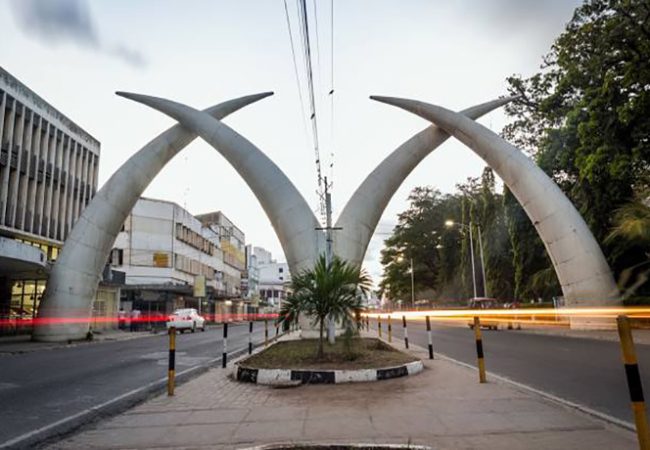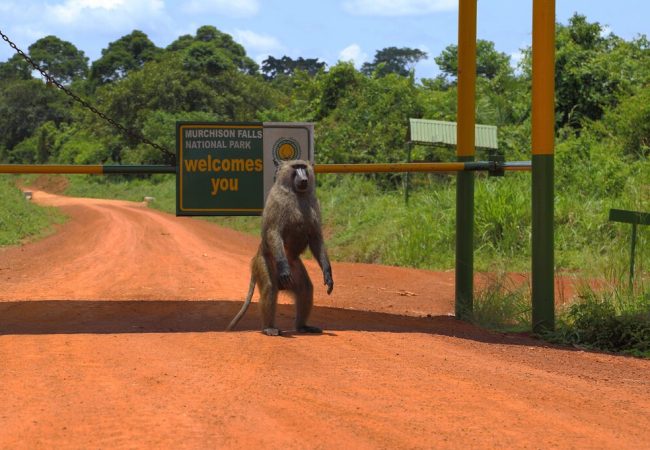Welcome To Kenya
Kenya, officially the Republic of Kenya (Swahili: Jamhuri ya Kenya), is a country in East Africa. With a population of more than 47.6 million in the 2019 census, Kenya is the 28th-most-populous country in the world and 7th most populous in Africa. Kenya’s capital and largest city is Nairobi, while its oldest and second-largest city, is the major port city of Mombasa, situated on Mombasa Island in the Indian Ocean and the surrounding mainland. Mombasa was the capital of the British East Africa Protectorate, which included most of what is now Kenya and southwestern Somalia, from 1889 to 1907. Other important cities include Kisumu and Nakuru. Kenya is bordered by South Sudan to the northwest, Ethiopia to the north, Somalia to the east, Uganda to the west, Tanzania to the south, and the Indian Ocean to the southeast. Kenya’s geography, climate and population vary widely, ranging from cold snow-capped mountaintops (Batian, Nelion and Point Lenana on Mount Kenya) with vast surrounding forests, wildlife and fertile agricultural regions to temperate climates in western and rift valley counties and further on to dry less fertile arid and semi-arid areas and absolute deserts (Chalbi Desert and Nyiri Desert).
Kenya’s earliest inhabitants were hunter-gatherers, like the present-day Hadza people. According to archaeological dating of associated artifacts and skeletal material, Cushitic speakers first settled in Kenya’s lowlands between 3,200 and 1,300 BC, a phase known as the Lowland Savanna Pastoral Neolithic. Nilotic-speaking pastoralists (ancestral to Kenya’s Nilotic speakers) began migrating from present-day South Sudan into Kenya around 500 BC. Bantu people settled at the coast and the interior between 250 BC and 500 AD.
European contact began in 1500 AD with the Portuguese Empire, and effective colonisation of Kenya began in the 19th century during the European exploration of the interior. Modern-day Kenya emerged from a protectorate established by the British Empire in 1895 and the subsequent Kenya Colony, which began in 1920. Numerous disputes between the UK and the colony led to the Mau Mau revolution, which began in 1952, and the declaration of independence in 1963. After independence, Kenya remained a member of the Commonwealth of Nations. The current constitution was adopted in 2010 and replaced the 1963 independence constitution.



Kenya’s Origin
The Republic of Kenya is named after Mount Kenya. The earliest recorded version of the modern name was written by German explorer Johann Ludwig Krapf in the 19th century. While travelling with a Kamba caravan led by the long-distance trader Chief Kivoi, Krapf spotted the mountain peak and asked what it was called. Kivoi told him “Kĩ-Nyaa” or “Kĩlĩma- Kĩinyaa”, probably because the pattern of black rock and white snow on its peaks reminded him of the feathers of the male ostrich. In archaic Kikuyu the word ‘nyaga’ or more commonly ‘manyaganyaga’ is used to describe an extremely bright object. The Agikuyu, who inhabit the slopes of Mt. Kenya, call it Kĩrĩma Kĩrĩnyaga (literally ‘the mountain with brightness’) in Kikuyu, while the Embu call it “Kirinyaa”. All three names have the same meaning.
Ludwig Krapf recorded the name as both Kenia and Kegnia. Some have said that this was a precise notation of the African pronunciation /ˈkɛnjə/. An 1882 map drawn by Joseph Thompsons, a Scottish geologist and naturalist, indicated Mt. Kenya as Mt. Kenia. The mountain’s name was accepted, pars pro toto, as the name of the country. It did not come into widespread official use during the early colonial period, when the country was referred to as the East African Protectorate. The official name was changed to the Colony of Kenya in 1920.

















